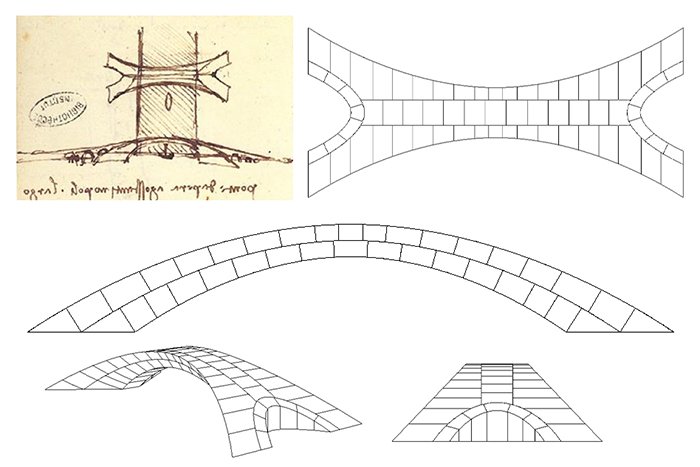We know that Leonardo da Vinci was a genius who was well ahead of his time, but even the great man himself might have struggled to believe that engineers would still be marvelling over his creations some 500 years later.
We know that Leonardo da Vinci was a genius who was well ahead of his time, but even the great man himself might have struggled to believe that engineers would still be marvelling over his creations some 500 years later.
Engineers from the Massachusetts Institute of Technology (MIT) have analysed a bridge designed by da Vinci in 1502. Drawn up for Sultan Bayezid II, head of the Ottoman Empire, the huge bridge was intended to connect Istanbul and its neighboring city Galata.
In the end, da Vinci’s design wasn’t used, but the MIT team has carefully modelled the polymath’s design, finding it to be structurally sound – no mean feat, considering it would’ve been the world’s longest bridge at the time, by some distance.
"It’s incredibly ambitious," says structural engineer Karly Bast, from MIT. "It was about 10 times longer than typical bridges of that time."
Da Vinci’s sketch (top left) with modern-day diagrams. (Karly Bast and Michelle Xie)
Using surviving documentation, and knowledge about the construction materials and methods of the time, the team found that the 280-metre (919-foot) long bridge would have been able to stand and remain stable.
While the researchers haven’t yet had a peer-reviewed paper published about their work, they did put together a 1:500 scale model to put to a rigorous set of tests.
The crafted 126 separately created, 3D-printed blocks, then put them together like a jigsaw: at 1:500 scale, the model ended up at around 81…



